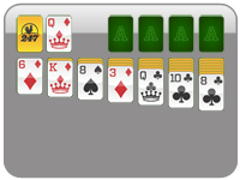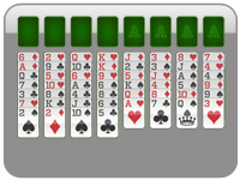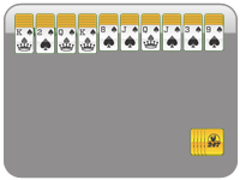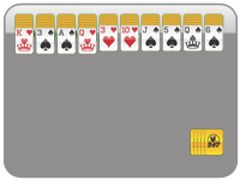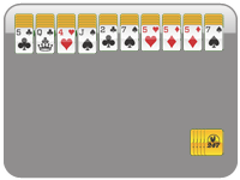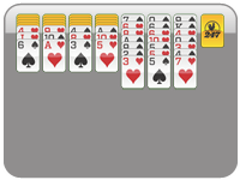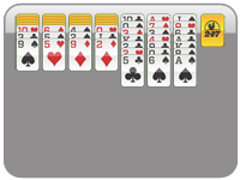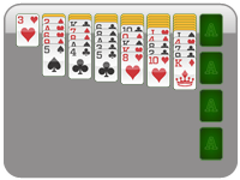Understanding Hearts Passing Strategy
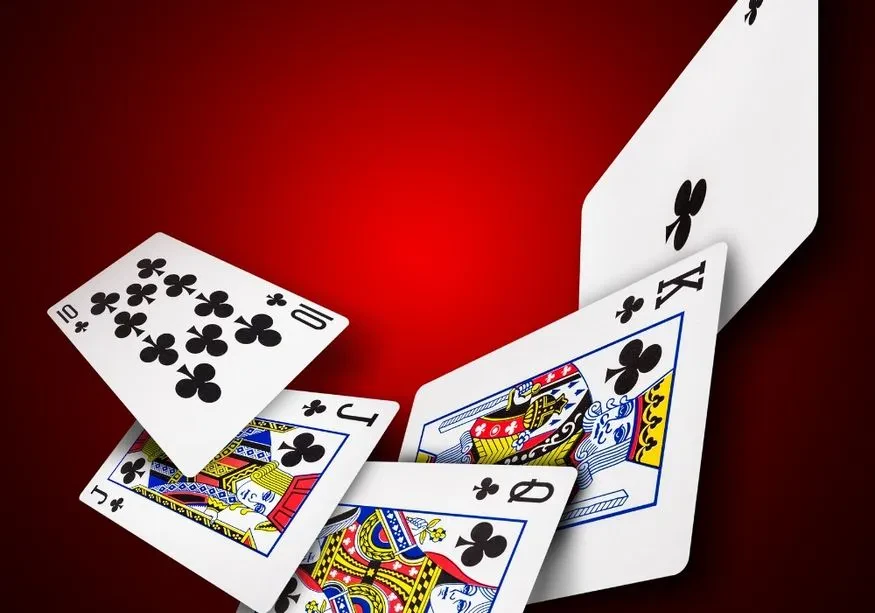
Hearts is a fun, classic card game, but you might end up frustrated if you don’t have a good hearts passing strategy. That’s because what cards you pass and when can determine how the game goes and how well (or poorly) it goes for you. Your strategy for passing in hearts is all about shaping the game instead of merely reacting to it. That’s what can really give you an edge and put you on the path to victory! In this guide, we’ll cover what to pass, why it matters, and how different directions affect strategy.
Why Passing Matters More Than You Think
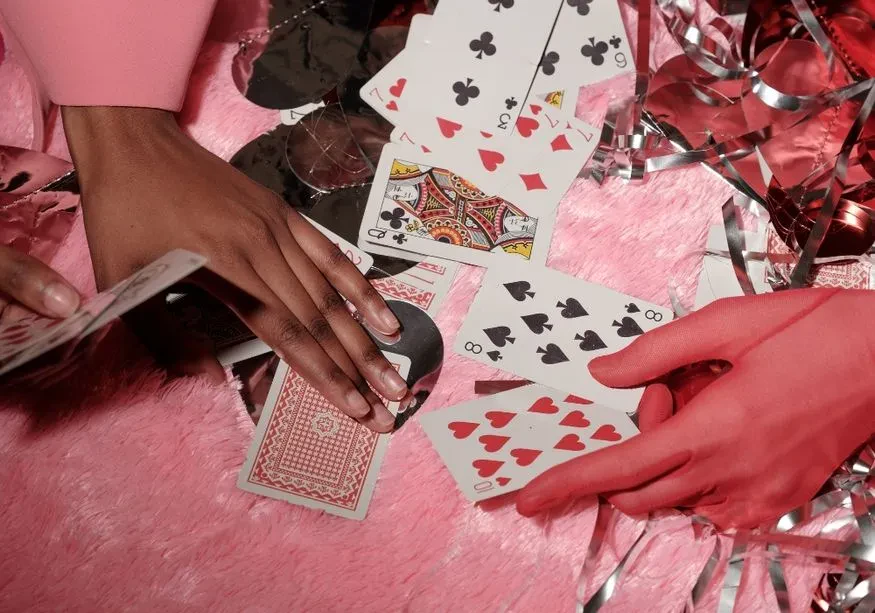
Hearts is part of the whist group of card games like bridge and spades, but it’s a trick-avoidance game instead of trick-taking. And tricks refer to the "finite rounds or units of play" of which there’s a winner or loser. These tricks are where you actually play cards you have in your hand, and thus, it’s easy to let yourself get hyper-focused on them. But you can’t overlook the passing phase!
Passing is where you can attempt to set yourself up for success, plan ahead, and ultimately make the most progress in your game. That’s why we’re going to take such a close look at it.
The Role of the Passing Phase
So what’s the overall point of the passing phase? This is when you get a chance to improve your hand while hopefully damaging someone else’s. You select three cards from your hand and then pass them to another player in a predetermined order. First to the left, then to the right, then across, and finally, there’s a hold or no pass. In between each one, there’s a trick.
Now you can start to see how a good pass can prevent you from taking the Queen or allow you to void a suit early. A bad pass, however, means you’ve just armed your opponent with the perfect cards to beat you.
The Passing Cycle (and Why It Matters)
As we explained above, the passing cycle goes like this: left → trick → right → trick → across → trick → hold → trick and then repeat. A hand (or trick) is played in between each passing cycle, allowing you to start to think strategically about how to use your cards.
Each direction demands slightly different tactics, so let’s break it down:
- Left: This person will be the next to lead, so pass "poison," aka your worst, most damaging cards, like the queen on this round.
- Right: This person gets the lead a little later, so you can be less aggressive and more disruptive here.
- Across: This is where you have a bit of a wild card because it’s hard to predict what will happen next, so it can make sense to go safe or neutral.
- Hold: There’s no passing here, you’re locked into your cards! Do your best to focus on pure survival.
The Psychology of Passing
Poker’s not the only game with some psychology behind it. Your Hearts passing strategy should be just as guarded as your poker face. If you’re passing all your high cards every round, you’ll be completely predictable, and it’ll be easier for the other players to make plots against you. You definitely don’t want that.
Similarly, if you’re getting defensive and aggressive, that’s just as good as broadcasting your strategy. It’ll make it easy to pick up on what you’re doing and how to predict your moves. Switching things up even mid-game can keep other players on their toes and give you the edge you want.
Tactical Tips for What to Pass (and When)

Now let’s drill down into the specifics. We’ll look at a variety of specific cards and help you figure out what to pass when and prime yourself for a win.
Dangerous Cards You Should Ditch Early
There are a few types of cards that you’ll want to try to ditch as quickly as possible. Those cards and card types are:
- Queen of Spades: This is the deadliest card in the deck in a game of hearts. That’s because it’s a 13-point landmine, meaning if you’re caught with this card in your hand at the end of the game, it’ll hit you with a whopping 13 points. Pass immediately unless you plan to hold and trap.
- High hearts: This means face cards like king, queen, and jack. You don’t really want any hearts if you can avoid it, but these make it easy to get stuck with points if you can’t void the suit.
- High off-suit cards: Cards like the ace of spades or king of diamonds, really just any of the high-value cards, are the least dangerous on this list. That doesn’t mean you want to keep them, though, especially if you have no low cover.
Setting Up a Void
A void is when you no longer have any cards of a single suit, so, for instance, you manage to eliminate all the clubs from your hand. Once you pass all the cards in a suit, that suit is now void for you, and you gain some flexibility during tricks.
The best suits to void are often diamonds or clubs, depending on hand composition. Though be careful — experienced players know this and will be looking to fill that void if they see you going for it. Done well, you can dump points early and disrupt other players’ plans.
Passing to Set Up a Moon Shot
Beginners probably shouldn’t go for a moon shot out of the gate, but more experienced players have probably won at least a game or two with this tricky move! This strategy for passing hearts can be seriously high-risk and high-reward. Instead of passing on high-value hearts, the queen of spades, and other high cards, you hang onto them. Passing low cards helps you keep control, and the payoff, if the stars align, is a 26-point swing that lets you win with the worst cards!
Adjusting Strategy by Pass Direction
This is where we’ll give you some quick pro tips for each passing direction. Note at least a few of these, and it’ll help ensure you always know what to do when it’s your turn.
When You Pass Left
- This player will lead the first trick, so hand them traps.
- Consider giving them the queen or a high spade or heart card.
- This is a great time to void yourself and dump risky cards.
When You Pass Right
- They play later in the round, so it’s a trickier call.
- Avoid giving them combo cards (e.g., high cards from the same suit).
- Consider passing mid-range cards to muddy their play.
When You Pass Across
- You’ll have no idea what their style is, so go neutral or safe.
- Avoid handing over your moon-shot setup by mistake!
- Avoid extreme passes unless you know this player well.
Passing Is Where Winning Begins
Getting a solid hearts passing strategy under your belt is essential if you want to win. By mastering the passing phase, you can shape the rest of your moves and offload risk, void suits, set up moon shots, and disrupt your opponents’ game. When you start thinking critically, you can start winning. Now try out some of these strategies with a round of hearts on 247 Solitaire!
Solitaire Games
More Solitaire Games
More Games
Solitaire News
Disclaimer
DISCLAIMER: The games on this website are using PLAY (fake) money. No payouts will be awarded, there are no "winnings", as all games represented by 247 Games LLC are free to play. Play strictly for fun.

